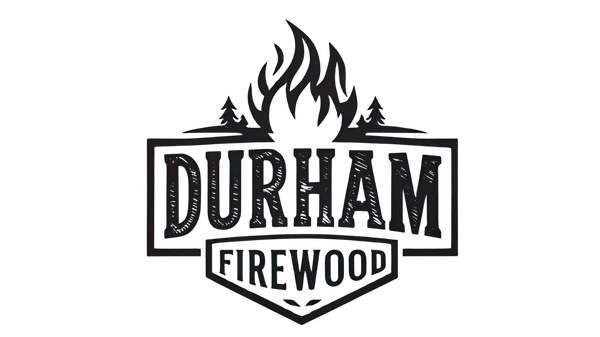Softwood vs. Hardwood: Which Firewood Should You Use?
If you’ve ever bought firewood, you’ve probably noticed the terms softwood and hardwood. But what do they actually mean, and which one should you be burning this winter? Let’s break it down.
Softwood
Softwood comes from coniferous trees, think pine, spruce, and hemlock. These trees grow quickly and are lighter in weight.
Pros:
- Lights easily, perfect for kindling.
- Burns hot initially, great for starting a fire.
Cons:
- Burns faster than hardwood, so you go through more logs.
- Higher sap/resin content can produce more smoke and lead to creosote buildup, which can clog your chimney if burned too often.
Bottom line: Softwood is great for starting fires, or using for outdoor campfires but not ideal for long, steady burns.
Hardwood
Hardwood comes from deciduous trees in Canada, the top options are maple and ash. These trees grow slower, are denser, and pack more energy per log.
Pros:
- Burns longer and hotter than softwood.
- Produces less smoke and creosote, keeping your chimney cleaner.
- Steady, reliable heat, perfect for cold Canadian winters.
- Fewer logs needed because each one burns longer.
Cons: Takes longer to light, so you’ll want kindling to get it going. Can be heavier to handle and split, but worth it for longer-lasting warmth.
Bottom line: Hardwood is the workhorse of winter fires, slow, steady, and ideal for long, cozy nights by the fire.
Take-Away
Softwood or hardwood, each has a role. Softwood for quick-starting fires, hardwood for lasting heat. Use them together and you’ll have fires that are easy to light, burn hot, and keep you warm all evening.
At Durham Firewood, we make sure all our wood is properly seasoned so you can just light it and relax.
Thanks for letting us bring the good wood to your home!

